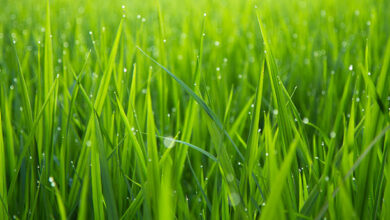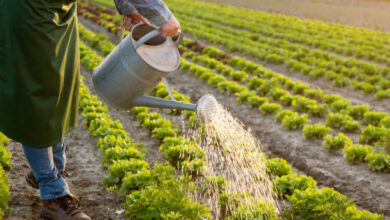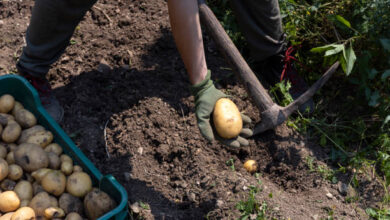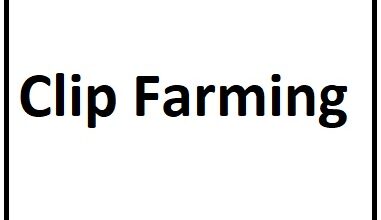
What Planting Zone is Missouri? Your Guide to Gardening Success
Have you ever noticed your neighbor’s roses blooming vibrantly while yours struggle to survive? The secret might lie in something called USDA Plant Hardiness Zones. These zones, established by the US Department of Agriculture, classify regions based on average minimum winter temperatures. Understanding your specific zone is crucial for choosing plants that will flourish in your local climate. So, what planting zone is Missouri, and how can this knowledge transform your gardening experience?
Missouri’s Diverse Climate: A Tale of Two Zones (or More!)
Missouri’s unique location, stretching north to south, creates a fascinating mix of climates. This translates to a variety of planting zones across the state. The trusty USDA Plant Hardiness Zone Map, recently updated in 2023 for improved accuracy, can help you pinpoint your specific zone.
Missouri’s Planting Zones: A Breakdown
Missouri boasts a range of planting zones, offering opportunities for a diverse selection of plants. Here’s a breakdown of the most common zones found in the state:
- Zone 5b: This zone, typically found in the northernmost parts of Missouri, experiences average winter lows between -20°F to -15°F.
- Zone 6a: Covering a larger portion of the state, this zone sees average winter lows ranging from -10°F to -5°F.
- Zone 6b: Central Missouri often falls into this zone, with average winter lows between -5°F to 0°F.
- Zone 7a: As you move south, the climate warms. Zone 7a experiences average winter lows of 0°F to 5°F.
- Zone 7b: The southernmost tip of Missouri enjoys the warmest zone, 7b, with average winter lows between 5°F to 10°F.
Finding Your Specific Planting Zone
To pinpoint your exact planting zone within Missouri, you have several options. The USDA Plant Hardiness Zone Map website provides an interactive map where you can enter your address. Additionally, many gardening websites and apps offer similar zone-finding tools.
Planting Success with the Right Zone Knowledge
Knowing your planting zone is the key to making informed decisions about your garden. By choosing plants suited for your specific zone’s winter temperatures, you’ll increase their chances of thriving. Planting roses meant for zone 7b in the colder zone 5b might lead to frost damage or even plant death.
It’s important to remember that planting zones are just one piece of the puzzle. Microclimates within your yard and specific frost dates can also influence plant success. However, zone knowledge is a powerful tool that sets you on the right path to a flourishing garden.
Popular Plants for Each Missouri Planting Zone
- Zone 5b: Siberian Iris, Lilac Bushes, Crabapple Trees
- Zone 6a: Peonies, Daylilies, Butterfly Bushes
- Zone 6b: Oakleaf Hydrangeas, Redbud Trees, Pansies (as cool-season annuals)
- Zone 7a: Knock Out Roses, Butterfly Weed, Catmint
- Zone 7b: Crepe Myrtles, Crape Myrtle (varieties suited for zone 7b), Caladiums (as summer annuals)
READ ALSO: WHAT DOES CALCIUM DO FOR PLANTS
Conclusion
Missouri’s diverse planting zones offer a wealth of possibilities for gardeners. By understanding your specific zone and using this knowledge to choose appropriate plants, you can create a thriving and beautiful garden. So, grab your gardening gloves, explore your zone using the resources mentioned above, and get ready to watch your Missouri garden flourish!
Trending FAQs: What Planting Zone is Missouri?
With spring planting season in full swing, Missouri gardeners are eager to know which plants will thrive in their unique climate. Here are some of the most frequently asked questions about planting zones in the Show Me State:
Q: I live in Missouri, but I’m not sure what planting zone I’m in. How can I find out?
A: There are a couple of easy ways to pinpoint your specific planting zone. The USDA Plant Hardiness Zone Map website offers an interactive tool where you can simply enter your address. Additionally, many gardening websites and apps have built-in zone finders.
Q: Missouri seems to have several planting zones. Which one applies to me?
A: Missouri’s north-to-south stretch creates a range of planting zones. The most common zones found in the state are 5b in the north, progressing to zones 6a, 6b, 7a, and reaching 7b in the southernmost tip. Refer to the blog post for a more detailed breakdown of average winter temperatures for each zone.
Q: Now that I know my zone, what plants should I choose?
A: Understanding your planting zone is crucial for selecting plants that can withstand the winter lows in your area. Choosing plants suited for your zone significantly increases their chances of survival and thriving in your garden.
Q: Are there any popular plants that do well in all of Missouri’s planting zones?
A: While some plants have specific zone requirements, there are a few versatile options. Siberian Iris and Lilac Bushes are popular choices for the colder zone 5b. Peonies and Daylilies are well-suited for zones 6a and above. Explore the blog post for a more extensive list of popular plants categorized by zone.
Q: I’ve heard about microclimates. Do they affect my planting zone?
A: Yes, planting zones offer a general guideline, but microclimates within your yard can create slightly warmer or cooler pockets. Factors like south-facing walls or large trees can influence your microclimate. Observing your yard’s specific conditions can give you additional insights for plant selection.




